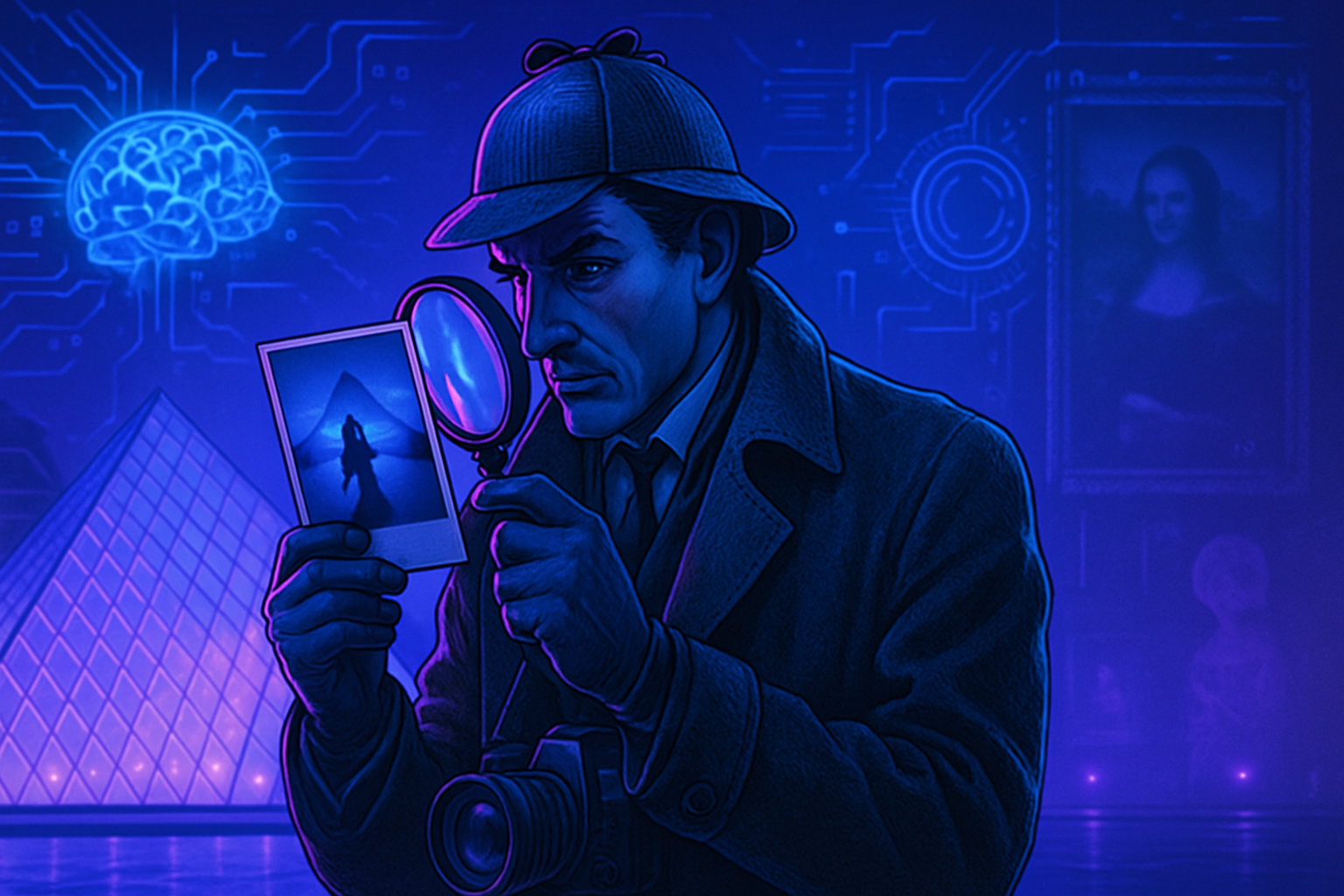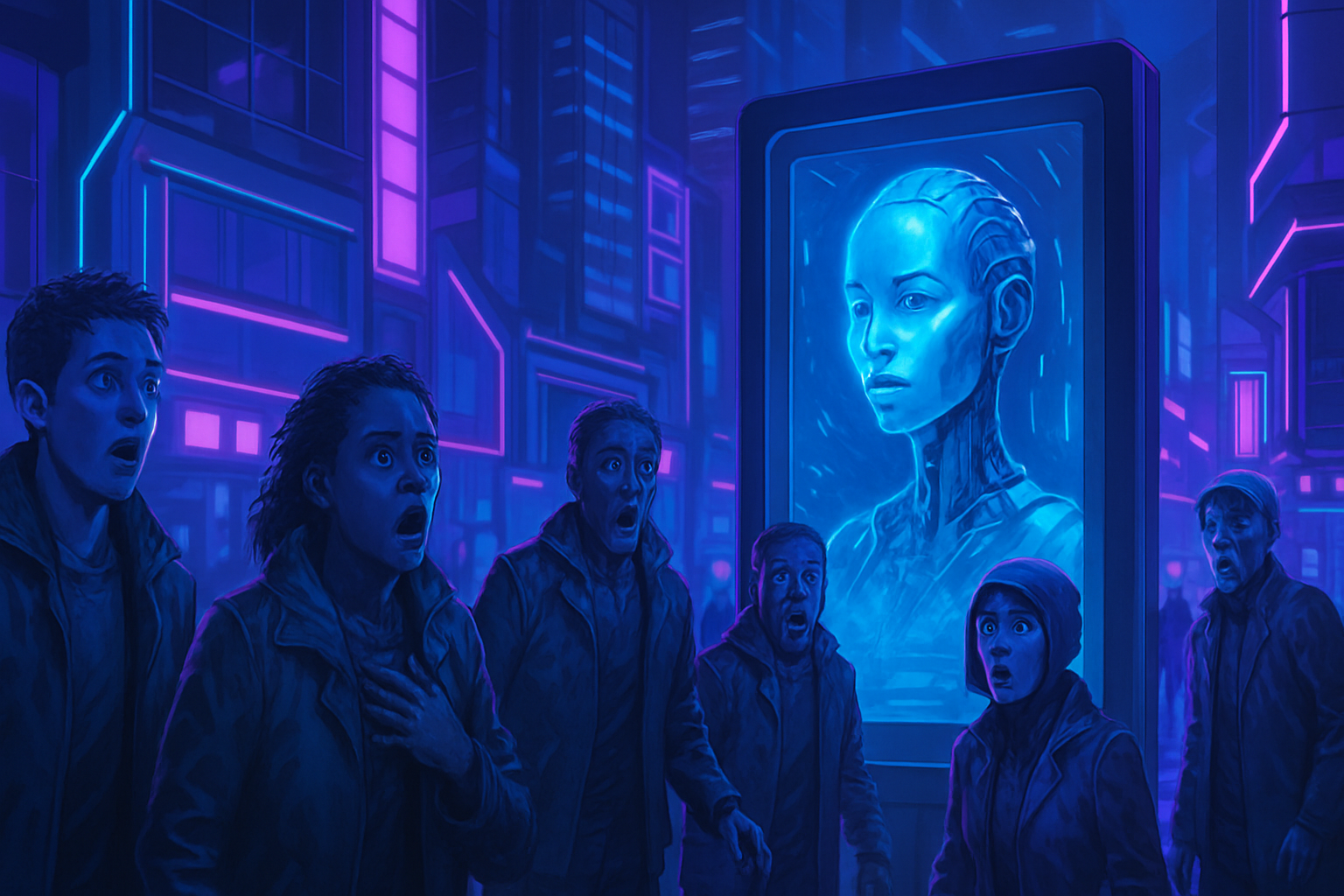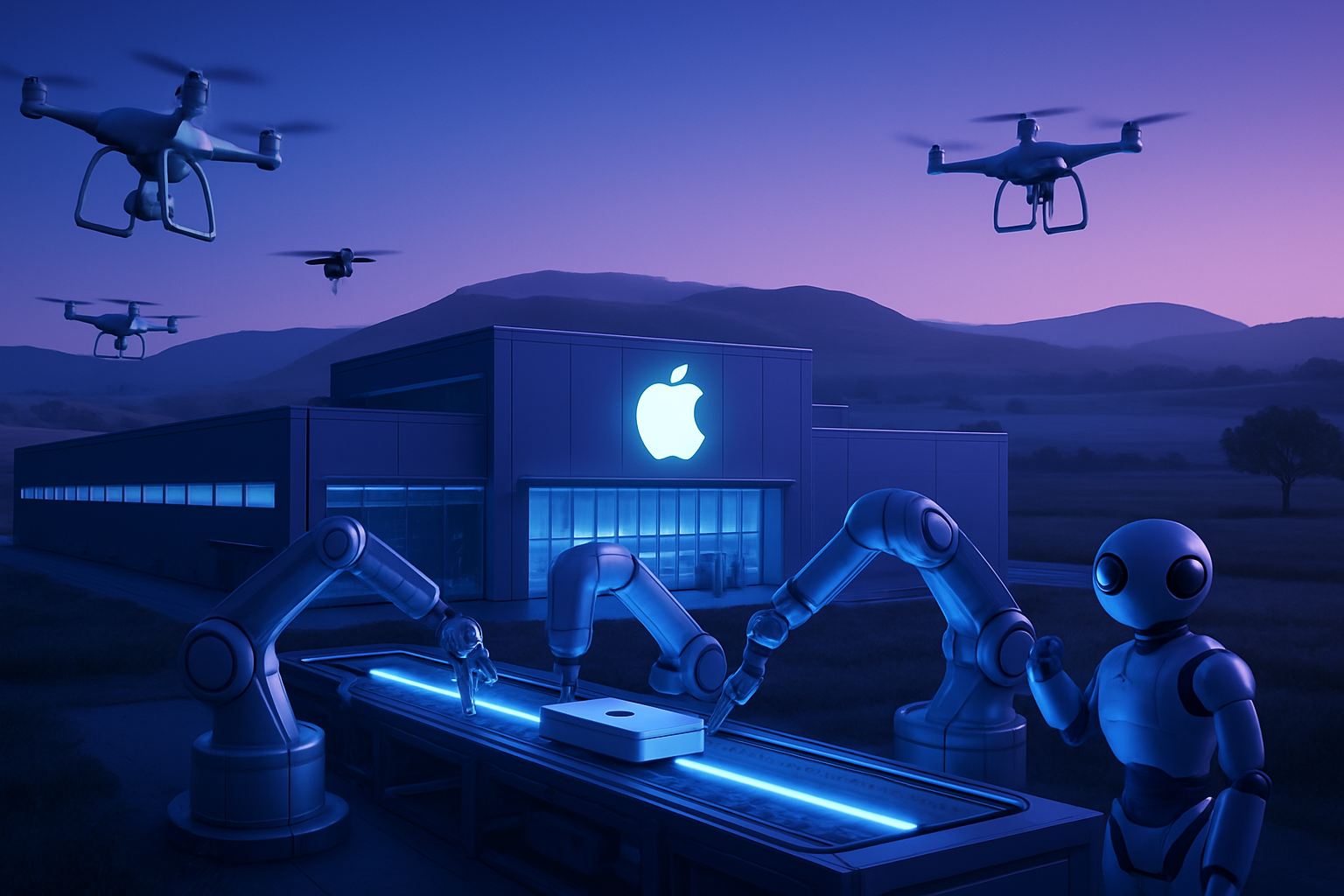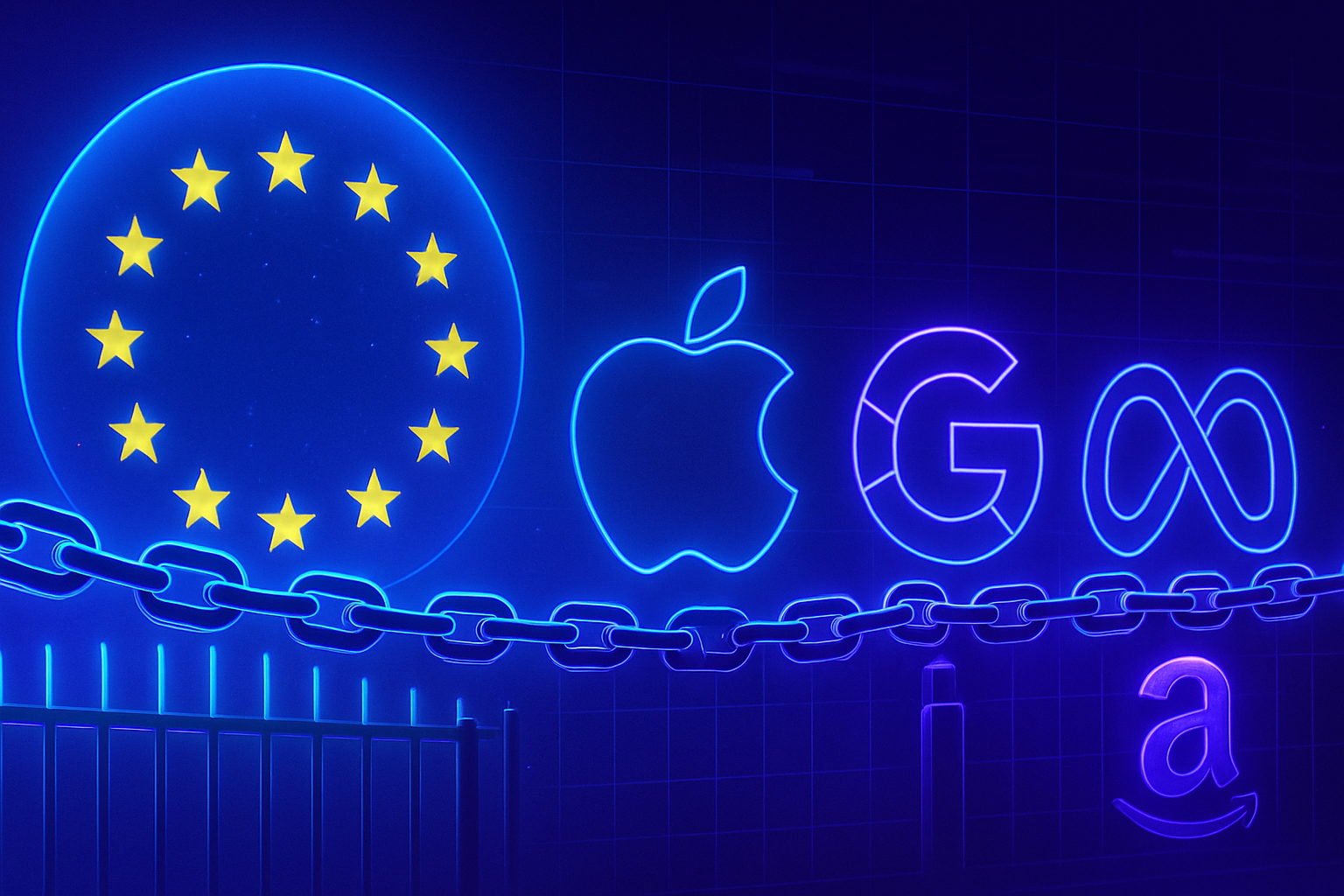The Louvre heist on October 19, 2025, caused global shock, particularly due to an unexpected photograph. A man in a three-piece suit, captured just after the theft, captivated internet users and fueled wild speculations. The merging of fictional investigators with reality was palpable, transforming the man into a viral icon.
*A blend of news and mystery emerges from this frozen moment.* The photographer, Thibault Camus, recalls a simple passerby, unaware that he would become the protagonist of an incredible phenomenon. Public opinion wavers between the absurd and the serious, fed by theories about the identity of this mysterious character.
*Artificial intelligence joins the discussion*, feeding doubts about the authenticity of the image. The play of resemblances, with references to Sherlock Holmes and other iconic figures, questions our perception of events. The mysteries of the Louvre transcend the horror of the crime, revealing an unprecedented enigma.
Heist at the Louvre: a spectacular robbery
On October 19, 2025, the Louvre Museum was the scene of a daring heist that captivated public attention. After the incident, a photo emerged, sparking excitement and speculation worldwide. This shot, a work of the American agency Associated Press, features a man with an atypical style near the scene of the theft.
The unusual snapshot
In this image, a young man stands out in his beige and navy blue three-piece suit, accompanied by a navy blue overcoat and a brown fedora. His quirky expression and checkered umbrella, all while standing near a police vehicle, amplify the absurdity of the scene. In itself, this captured moment seems straight out of a police film with comedic overtones.
A viral curiosity on social media
Once the photo was circulated, it quickly ignited social media. Users began to compare the man to iconic figures like Sherlock Holmes or Alain Delon. Humorous comments proliferated. Internet users suggested: “Tell me his name is Poirot!” and “He just needs a pipe.”
Everyone tried to see in this stranger a fictional police inspector tasked with investigating the theft. An English message depicting this man as a “French detective” generated over five million views, testifying to the incredible interest this snapshot sparked.
Theories about the man’s identity
For some, this discrepancy between the man’s stylish appearance and that of the police officers fueled the hypothesis of a montage created by artificial intelligence. Speculation about a possible retouching was quickly debunked. The New York Times verified the authenticity of this photo, confirming it had not undergone any alteration.
Thibault Camus, the photographer, clarified that the individual was not an investigator but a simple passerby. His goal in taking this picture was to capture “a man dressed in the old style, coming out of a historic building,” unaware of the tumult this image would provoke.
Reflections on visual storytelling
The fascination with the viral snapshot raises questions about the nature of the image and how it is interpreted. Online edits, which portrayed the man in front of the pyramid or in made-up movie posters, highlight the inventive spirit of social media users. They engage with visual elements in ways that defy conventions.
The photo represents a fleeting moment whose impact goes far beyond the initial event. It questions the role of images in our contemporary narratives and the capabilities of our artificial intelligence tools to transform our perception of reality.
The response to the questions
The question of this man’s identity remains unanswered. Is he French? A tourist? The scene is laced with mystery, which only a director like Steven Soderbergh, known for his captivating scripts, could give an intriguing sequel.
Frequently Asked Questions
What event led to the virality of the photo taken at the Louvre?
The photo became viral following a spectacular heist at the Louvre Museum on October 19, 2025, where a man with a very unusual look was captured by a photographer from the American agency Associated Press, sparking numerous speculations about his identity.
Who is the man dressed in a suit appearing in the viral snapshot?
The man in the photo is an anonymous passerby, according to the photographer Thibault Camus, who took it to immortalize his retro style, without knowing whether he was French or a tourist.
Why did this snapshot provoke so many reactions on social media?
The juxtaposition between the man’s vintage style and the police environment led to playful comparisons with fictional characters like Sherlock Holmes and references to cinema classics, triggering an avalanche of humorous comments.
Was the photo retouched or modified by artificial intelligence software?
No, the photo was not retouched; it was captured as is by the photographer. Image analysis experts have confirmed its authenticity, despite theories suggesting a montage.
What was the media’s reaction to this image?
Media outlets, such as the New York Times, investigated the photo and its context, highlighting the contrast between capturing an ordinary moment and the drama of the heist, as well as the fascination it sparked in the public.
What significance does this image hold in the context of the Louvre heist?
It is part of a collective narrative surrounding the heist, adding a narrative dimension through its intriguing visual aspect and the mystique surrounding the central character, increasing interest in the event.
How did the photographer explain his choice of shot?
Thibault Camus explained that he aimed to capture the image of a man dressed vintage leaving a historic building, without considering that it would generate such attention on social media.
What are the implications of the discrepancy between the man’s look and that of the police officers?
This discrepancy fueled theories suggesting that the man could be a fictional detective, but it also underscores the visual’s ability to tell diverse stories and engage the collective imagination.
Why has the photo been altered by users on social media?
Users have altered the photo to create memes or fictional posters, demonstrating the excitement surrounding the character and his flair reminiscent of iconic figures in literature and cinema.






